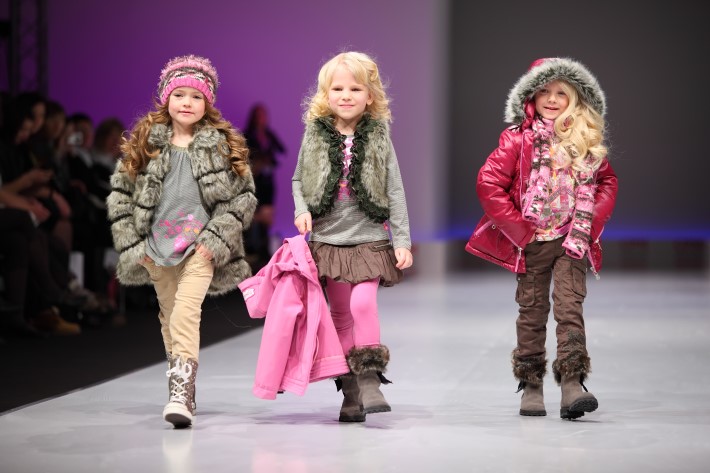The world of fashion and advertising has always been captivated by the charm and innocence of children. Over the years, the inclusion of child models in various campaigns and runway shows has become a widespread practice. While it can be an exciting and rewarding experience for young talents, it is essential to strike a balance between creativity and responsibility when working with child models.
The Rising Trend of Child Models
In the past decade, the demand for younger models has surged significantly. Fashion designers, brands, and advertisers often seek to evoke a sense of purity, joy, and innocence in their products and campaigns. Children effortlessly bring these qualities to the forefront, making them a valuable addition to the industry. Additionally, with the rise of social media platforms, child models have found a new avenue for showcasing their talent, garnering followers, and even securing collaborations with top brands.
Opportunities and Benefits
For children who have a passion for modeling and acting, the opportunity to work as a child model can be a thrilling adventure. It allows them to express themselves creatively, build self-confidence, and develop valuable skills in communication, teamwork, and adaptability. Many successful child models have gone on to have flourishing careers in the entertainment and fashion industries, with their early experiences contributing to their professional growth.
Moreover, child models can play an essential role in promoting diversity and inclusivity in the fashion world. Brands that feature children from different cultural backgrounds, abilities, and sizes send a powerful message of acceptance and representation, setting a positive example for the next generation.
Challenges and Concerns
Working as a child model is not without its challenges and concerns. Firstly, there is the potential risk of exploitation. It is crucial for parents and guardians to carefully choose reputable agencies and monitor their child’s work environment to ensure their safety and well-being.
Another concern is the impact on a child’s mental and emotional health. Modeling at a young age may expose them to pressure and scrutiny that can affect their self-esteem. The industry must prioritize age-appropriate assignments and encourage children to prioritize their education and personal growth.
Protecting the Well-being of Child Models
Safeguarding the well-being of child models should be the primary responsibility of parents, agencies, and the industry as a whole. Legislation and guidelines that govern child labor, working hours, and appropriate content must be strictly adhered to. Parents should maintain open communication with their children, ensuring they enjoy the experience and do not feel overwhelmed.
Agencies and brands must prioritize the welfare of the children they work with, providing support systems, access to counseling if needed, and age-appropriate assignments. Collaboration with child psychologists and experts can help create a nurturing environment for young talents, fostering their growth without sacrificing their childhood.
The world of child models is undoubtedly enchanting, providing young talents with a platform to showcase their creativity and make a mark in the industry. However, it comes with significant responsibilities that must not be overlooked. Balancing the artistic vision of the industry with the well-being and protection of the children involved is paramount. By upholding ethical practices and prioritizing the child’s needs, the world of child modeling can continue to be a positive and empowering space for the stars of tomorrow.













